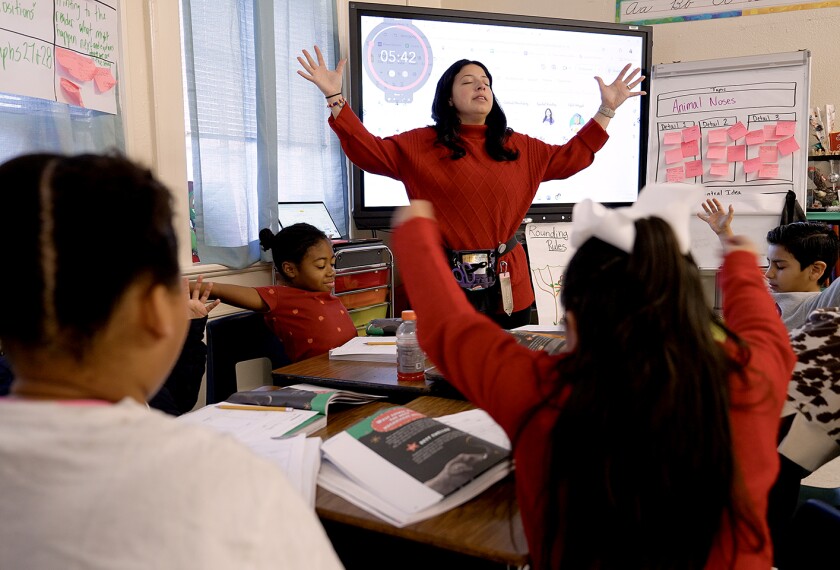One afternoon, as I walked past the empty, rusting bicycle rack outside my school, I was reminded of a story I’d read in The New York Times about a town in Italy. As part of a campaign to lower greenhouse gases, cut down on traffic, and promote general health, 450 of the town’s young people now walk to school regularly, led by school staff members and adult volunteers.
Reading the story brought a smile to my face. Throughout the town of Lecco, it reported, students form piedibuses (meaning “foot buses” in Italian), and these “buses” pick up walkers as the routes wind their way toward the school. Students carry “fare cards” that are punched to encourage “ridership” (eligible students can win a free pizza party with these), and some of the bus routes have even picked up nicknames. The one that passes through the graveyard, for instance, is the “mortobus.” The routes are generally less than a mile long, according to the story.
What a difference at the Connecticut school where I work. Our 500-plus students have no consistent, interconnected sidewalks leading up to the school. Nor is the campus located on a quiet street in a small neighborhood. Cars routinely travel 45 miles an hour or more on the road in front of the building. Our students have other disadvantages compared with their Italian counterparts. Their routes to school cover a town of more than 50 square miles. (The school serves all of the town’s 6th graders.) They also are 11- and 12-year-olds, too young, perhaps, to walk or ride a bike to school by themselves over a long distance.
I suspect that our bike rack is not the only one going unused in schools across America. Even in places where schools are close to neighborhoods, and sidewalks and bike racks are available, such healthy transportation options aren’t being chosen often enough. And that’s the problem.
While a community like Lecco, Italy, throws its weight behind a walk-to-school initiative capable of reaping countless personal and social benefits, this is not the case in most of our country’s cities and towns, where student performance ranks much higher than lifestyle matters.
Walking to school in America has declined steadily over recent decades. According to the U.S. Department of Transportation’s National Household Travel Survey, only 13 percent of children walked to school in 2001. By way of comparison, 40 percent of students walked to school in 1969.
What has changed?
Besides the fact that automobiles more than ever dominate the landscape, and most new homes come with standard two- and three-car garages, American culture has changed dramatically over the last 40 years. Most parents today probably wouldn’t trust that their children would arrive safely at school if they let them walk or bike. For one thing, many children don’t know the rules of the road for biking. And, for another, the much more visible threat of child predators these days makes a strong case against kids’ traveling alone to school. Today’s heavy backpacks are a problem, too, as they are liable to create wobbly bike rides or aching backs from walking.
Yet, the notion of walking or biking to school is comfortably nostalgic. It calls up images of a Norman Rockwell village, where healthy residents are grounded in their communities. It’s a smaller place, with real neighborhoods. Life is simpler, and slower. Which is exactly what we seem to need.
Meanwhile, I’m still trying to find the best route to ride my own bike to work. The commute would be harsh. I live in a hollow at the convergence of four steep hills, and even though the seven-mile ride seems doable, I probably would be drenched in sweat at 7 a.m.
Still, this is not a reasonable excuse. I need to park my bike in that bike rack, wedging the front tire between the two metal bars, and lead by example.


